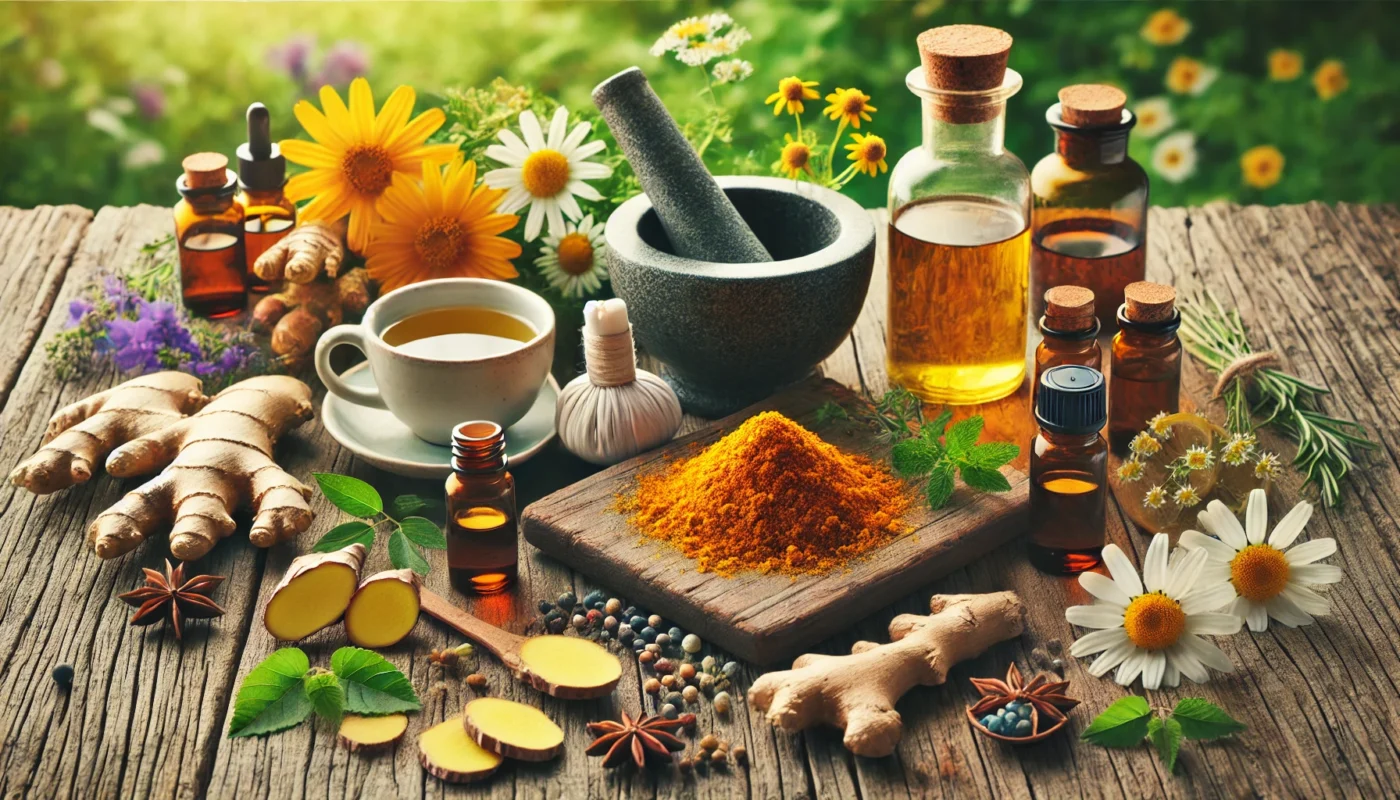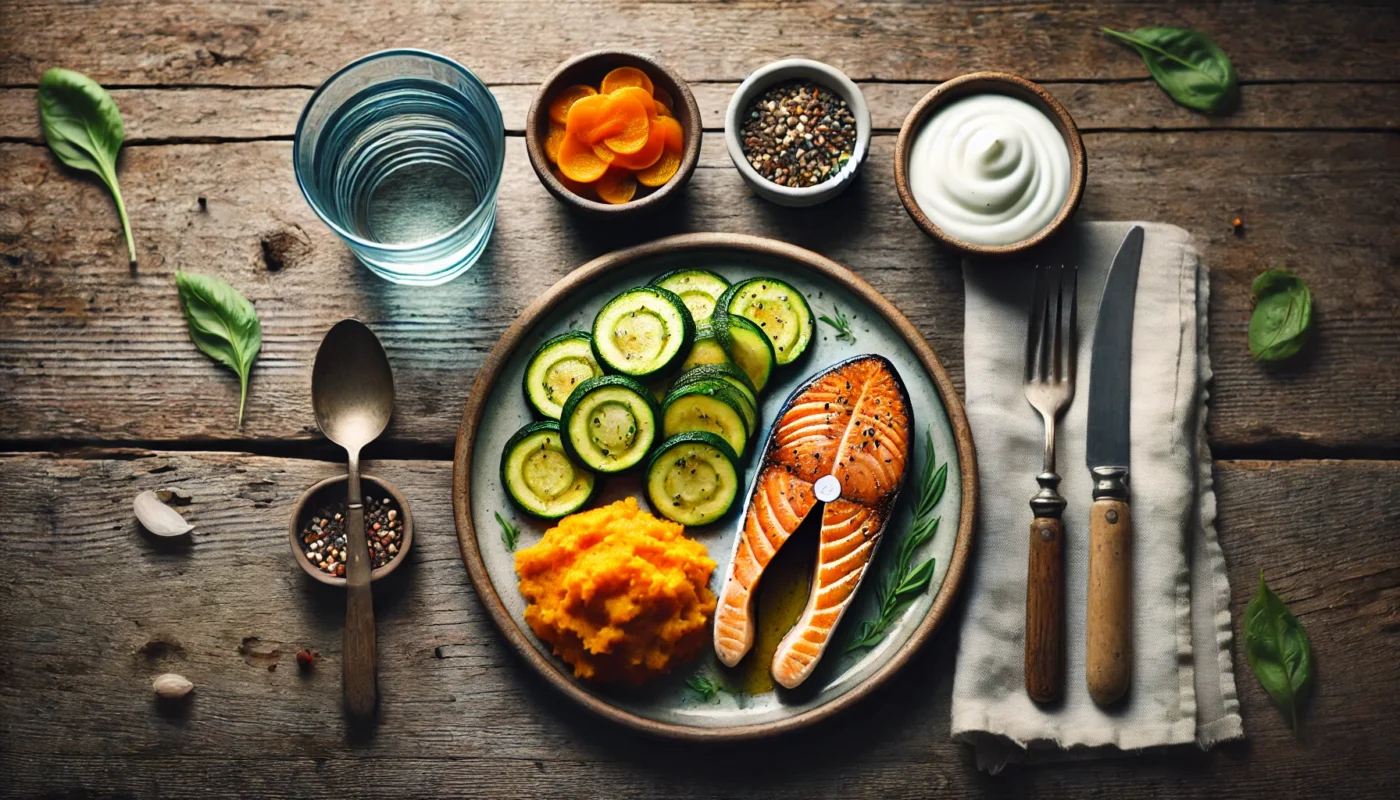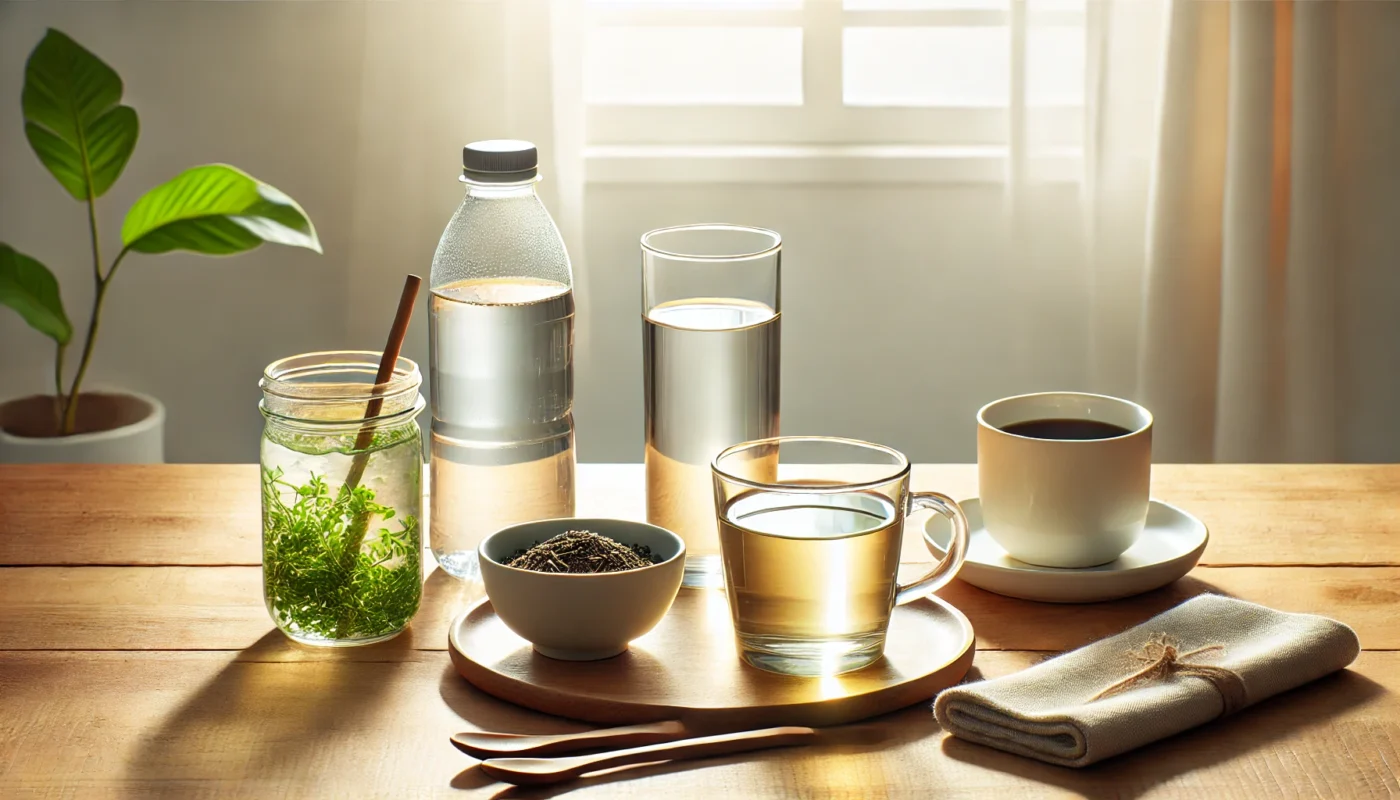Joint health is a pivotal aspect of our overall well-being that often gets overlooked until discomfort sets in. For those seeking to maintain or restore joint health, understanding natural remedies can be a game-changer. These remedies not only offer a holistic approach to health but also minimize the reliance on conventional medications. Let’s delve into natural solutions and practical advice to keep your joints in top form.
Tag Archives: Herbal Teas
Stomach pain can be categorized by its location, intensity, and underlying causes. From mild discomfort to severe cramps, identifying the root cause is crucial for effective treatment. Common causes include:
In an era where the medical community is continuously exploring alternative approaches to health, herbal pain relief stands out as a viable option for those seeking to manage pain naturally. With a rich history spanning centuries, herbal remedies have been used across various cultures to alleviate pain, boost health, and improve overall wellbeing. This article delves into the benefits of herbal pain relief, offering insights and practical advice for those interested in natural remedies for pain.
Inflammatory Bowel Disease is a chronic condition characterized by inflammation of the gastrointestinal tract. This inflammation can lead to symptoms such as abdominal pain, diarrhea, fatigue, and weight loss. While there is no one-size-fits-all diet for IBD, certain dietary modifications can alleviate symptoms and improve quality of life.
Stomach inflammation, medically known as gastritis, occurs when the stomach lining becomes irritated, leading to discomfort and other digestive issues. It can result from various factors, including infection, chronic use of NSAIDs, alcohol consumption, and autoimmune diseases.
In the fast-paced world we live in, stress is an inevitable part of daily life. As you navigate through your busy schedule, your body releases cortisol, a hormone that plays a significant role in your stress response. While cortisol is essential for your survival, chronic stress can lead to an overproduction of this hormone, causing a myriad of health issues. Enter the cortisol water hack—a simple yet effective strategy to naturally lower cortisol levels and promote overall well-being.
Arthritis is a common health concern that affects millions worldwide. It’s a leading cause of disability, causing pain and stiffness in the joints.
But did you know that your diet can play a significant role in managing arthritis symptoms? Certain foods can trigger inflammation, a key factor in arthritis pain and progression.
In this comprehensive guide, we’ll delve into the five worst foods for arthritis. These are foods that can exacerbate your symptoms and make your condition worse.
We’ll explain why these foods are harmful and how they affect your body. We’ll also provide practical dietary advice to help you manage your arthritis more effectively.
But it’s not all about what you shouldn’t eat. We’ll also discuss foods that can help alleviate joint pain and stiffness. These are foods that can support your overall joint health and improve your wellbeing.
Whether you’re a fitness enthusiast, a health enthusiast, or a medical patient dealing with arthritis, this guide is for you. It’s designed to help you understand the scientific research behind diet and arthritis, and how to apply this knowledge in a practical way.
So, let’s get started. Let’s empower you to manage your arthritis through informed dietary choices.
Arthritis is a common ailment that affects millions worldwide. It’s characterized by joint pain and inflammation, often leading to reduced mobility and quality of life.
For many, managing arthritis pain is a daily challenge. Traditional medications can provide relief, but they often come with side effects. This has led many to seek natural remedies, such as herbal teas.
Herbal teas have been used for centuries to alleviate various health conditions. They’re rich in antioxidants and anti-inflammatory compounds, making them a potential complementary treatment for arthritis pain.
In this article, we’ll delve into the science behind herbal teas and their potential benefits for arthritis. We’ll explore various types of herbal teas, from green tea to ginger, turmeric, and nettle tea, among others.
We’ll also provide practical advice on how to incorporate these teas into your arthritis management plan. This includes potential side effects, interactions with medications, and the role of diet and lifestyle in managing arthritis.
Whether you’re a fitness enthusiast, a health enthusiast, or a medical patient, this comprehensive guide aims to help you navigate the world of herbal teas for arthritis pain.
Join us as we explore the potential of these natural remedies in providing relief and improving your wellbeing.
Hypertension, or high blood pressure, is a chronic condition affecting nearly half of all adults worldwide and is a major risk factor for heart disease, stroke, and kidney failure. Proper hydration is essential for maintaining cardiovascular health, but not all beverages affect blood pressure in the same way. Tea and coffee, two of the world’s most popular drinks, have long been scrutinized for their roles in hypertension management. Both caffeinated and non-caffeinated options offer potential benefits and drawbacks, depending on factors such as preparation, composition, and individual response. This article explores the effects of tea and coffee on hypertension, focusing on their potential to help—or harm—blood pressure regulation.









